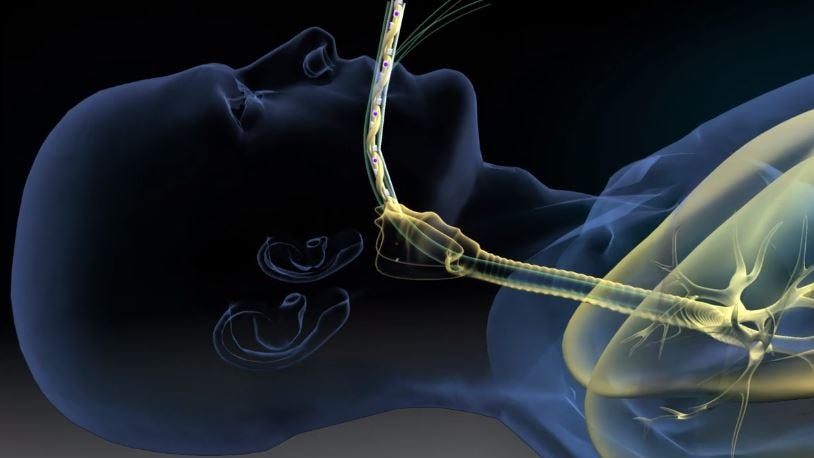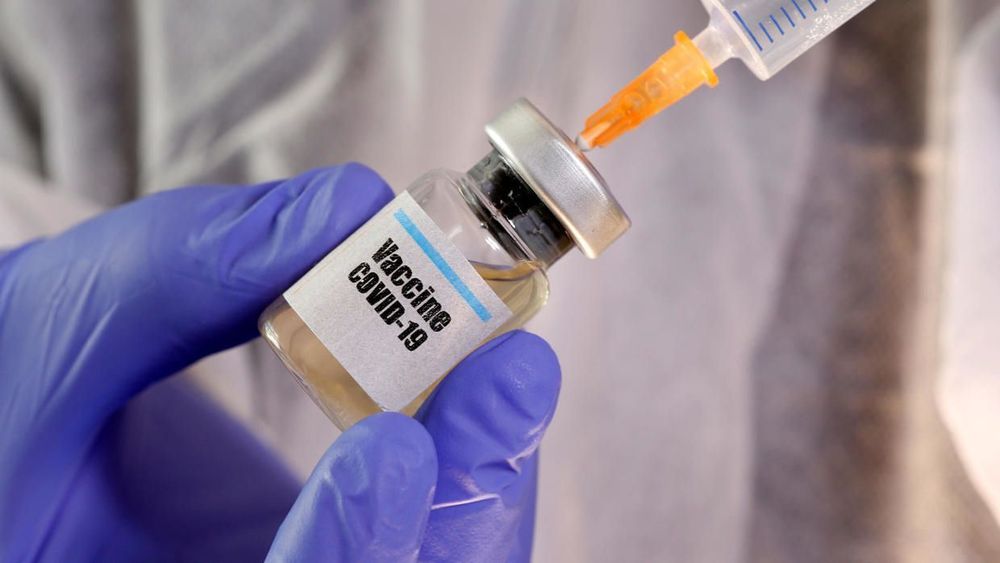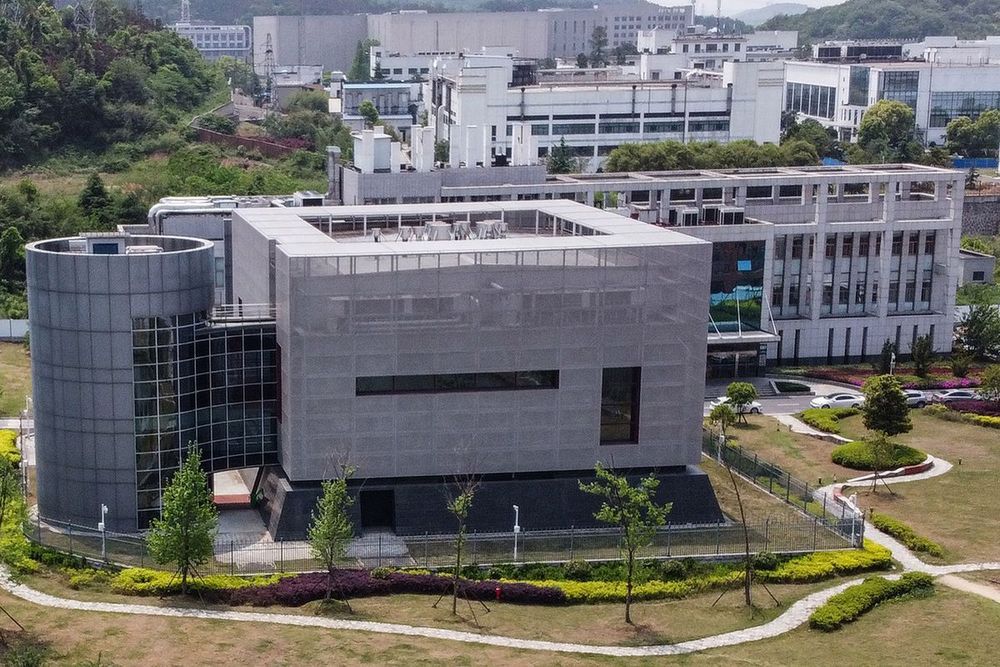O,.o I used vitamin c and a probiotic it seemed to work well. I also had a flu shot for the year. Besides eating well and staying healthy not much is needed. It is sorta like the flu as much as I can see. I am no doctor but that worked for me.
Korean scientists claim that a lactic acid bacteria from sea buckthorn berries, could potentially inhibit the proliferation of SARS-CoV-2 by repressing purine activation.
Lactobacillus species in the gut microbiota have been found to block pro-inflammatory cytokines to inhibit harmful bacteria like Helicobacter pylori. While studying similar mechanisms against bladder inflammation (cystitis) causing E. coli, a team led by Professor Hana Yoon of Ewha Womans University Medical Center in Seoul, found abundant amounts of Lactobacillus gasseri present in the fermented extracts of sea buckthorn berries.
The probiotic has now been found to repress the activation of purine thereby preventing the SARS-CoV-2 from proliferating. Purine is an important compound required for nucleotide formation. Recent studies have found that the new coronavirus attacks purines in order to form its spike proteins and invade normal cells. The Korean team also found that the berries had several antioxidants, minerals, amino acids, and two other bacteria, Streptococcus thermophilus, and Lactobacillus rhamnosus that use the same binding site as that of SARS-CoV-2.










